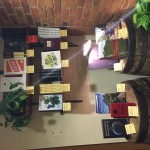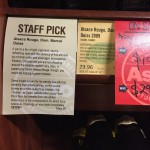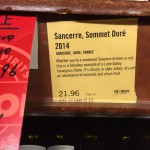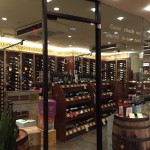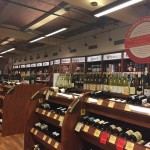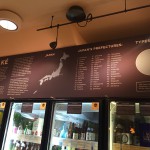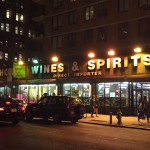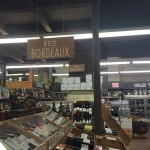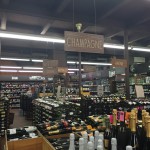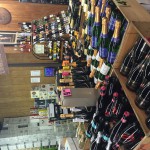For my winery and vineyard analysis assignment I decided to visit Bedell Cellars Vineyard which is located at 36225 Main Road Cutchogue, NY 11935 on the north fork of long island. This vineyard is a 30 yeard old farm and a family owned state vineyard. Michael Lynne is the owner since 2000 and he is also a film producer with a production company he founded. He is also a art collector and trustee of New York Museum of Modern Art. Rich Olsen Harbich is the winemaker with over 30 years of experience and is the only winemaker in Eastern North America to use entirely indigenous yeasts.
I visit the vineyard the last week of October and for me it was a great experience that I will never forget. I left my house at 9am and I got to the vineyard at 12. As soon as I arrived to the place I have the opportunity to talk to Chris who is a certified trained employee, which has been working with this vineyard for many years. He introduces himself very professional and he was willing to help me in my project and to give me a little tour so I can learn more about the vineyard. Bedell Cellars grow many different types of grapes including Chardonnay, Merlot, Sauvignon Blanc, Cabernet Franc, Malbec, Viognier, Syrah and Gewürztraminer. Chardonnay has been planted for many years. The oldest vines were planted in 1980 and Chardonnay is one of them. Viognier was planted in 1994. The most widely planted is Merlot and Cabernet Franc. Sauvignon Blanc is increasing a lot and is going to be more planted. The grapes are certified sustainable by the (LISW) which means Long Island Sustainable Winegrowing. LISW was the first certified sustainable viticulture program on the East Coast. Christ explained that sustainable is a type of format or practices that they used trying to preserve the land; building a healthy vineyard and a healthy workplace for future generations departments. This vineyard has a unique maritime terroir, with cool temperatures and heavy rainfall as well.
This vineyard has a lot of different wines that makes them unique because of their quality wine and flavors and because of their labels which are impressive. Something that was very surprising for me was when Chris was explaining that a 2009 Merlot from Bedell cellars was served in the white house. It was the first New York wine in history served at the inauguration of the president of the United States. I laso had the opportunity to taste this wine and it was amazing and it wasn’t expensive either. It was 75% merlot and 25% cabernet franc. The label was pretty interesting because the label features a collage by New York artist and filmmaker MicklaneThomas.
The vinification process that Bedell Cellars used is mostly fermented in Steel Tanks with the exception of a little chardonnay and viognier which get fermented in older French oak barrels. Some wines are aged in steel tank like for example sauvignon blanc and viognier. Usually the aromatic wines are aged in steel tank to preserve the aromatic. The bland grapes like for example chardonnay is more neutral and the winemaker aged it and fermented in French oak barrels because it needs flavor. They usually stay in barrels from eight to sixteen months. Eight for white wines and sixteen for full bodied wines and all the wines stay with the same temperature. Chris continues to explain that each life cycle of the vine is all different depending on the region or the type of vine. Some of the oldest vines they have in the property are 35 years old. But they are replanted vines that are 30 years old. Merlot and Cabernet they usually life cycle is 75 years and some small vineyard on the west coast that are planting zinfandel can last up to 140 years because zinfandel happens to be more tougher and more resistant to certain viruses that maybe cabernet can be kill by.
I also had the opportunity to walk and see the vineyard. He showed me the section of chardonnay which is the oldest grape. Unfortunately harvesting was over but I had the chance to learn and to see how they make wine. I hope one day I can go when they are harvesting so I can experienced that as well. Overall I liked my experience because I had the opportunity to learn more about wine and how is made. I will definitely recommend this vineyard because the tasting room personnel are very professional and they are willing to help you in any questions that you have and they also give you the opportunity to show you the vineyard. I have to say that Chris was very acknowledgeable, he knew a lot about the wine making process and he was very professional as well. I liked my experiences because I learn more about wine and now I know many different things that it will help me in my career. Being able to understand and learn each day about wine is amazing.
Work Cited Page:
Bedell Cellars. (n.d.). Retrieved November 18, 2015, from http://www.bedellcellars.com
The Official Website of The Long Island Wine Council. (n.d.). Retrieved November 20, 2015, from http://www.liwines.com/?p=102

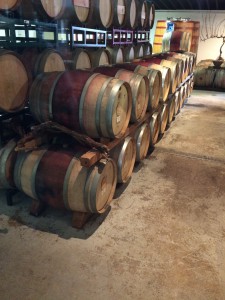

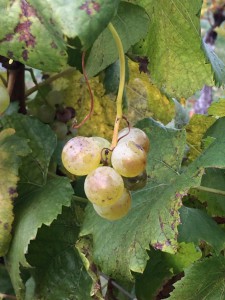
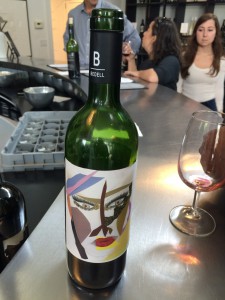
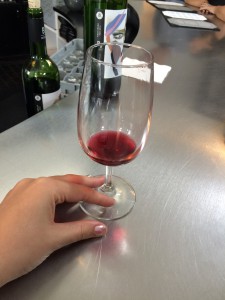
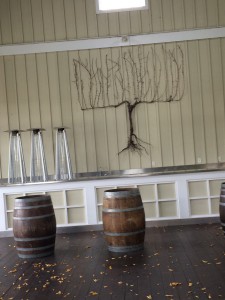
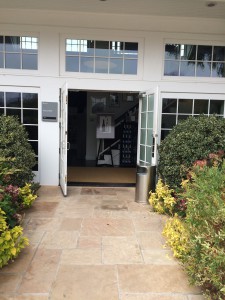
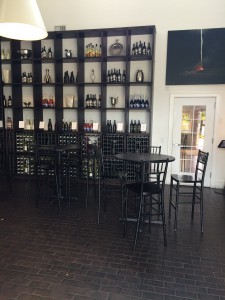
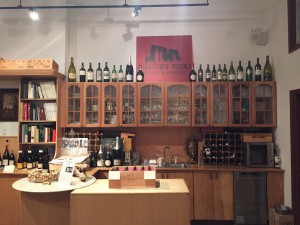
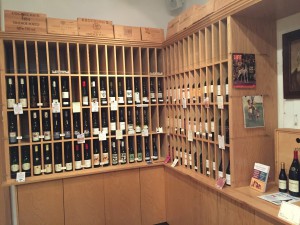
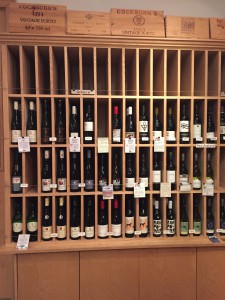
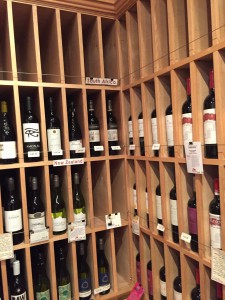

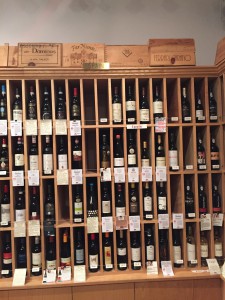
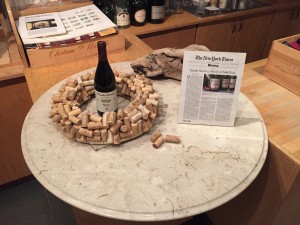
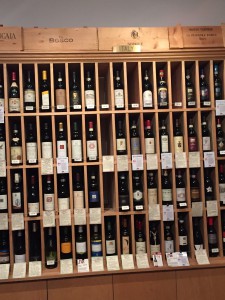
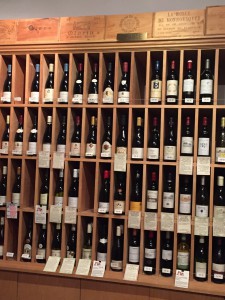
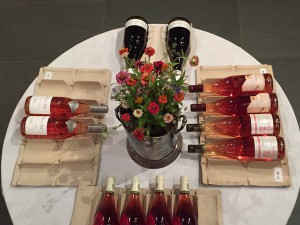
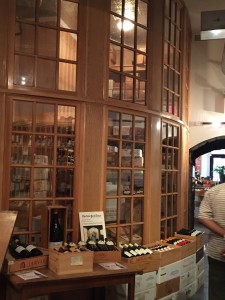
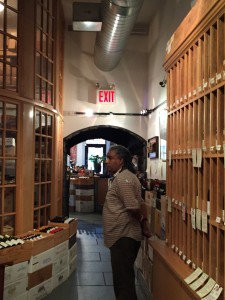
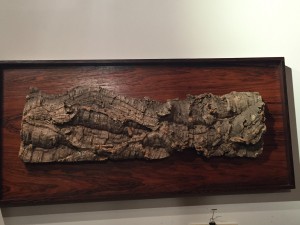

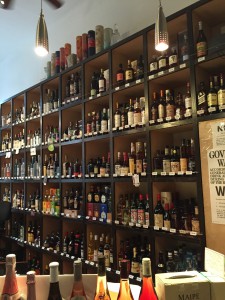
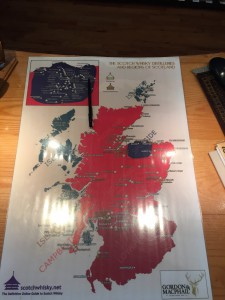
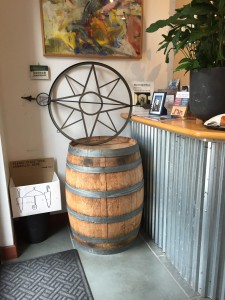
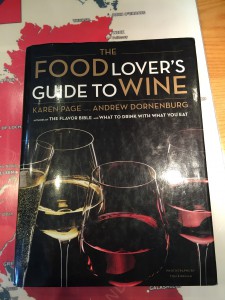
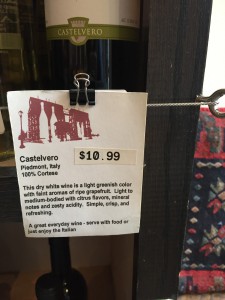
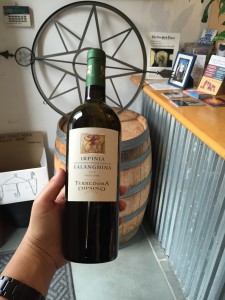
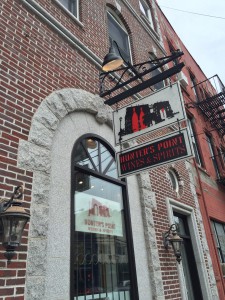
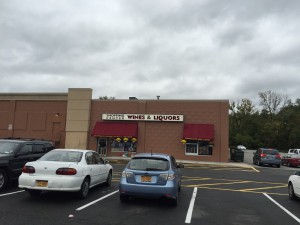
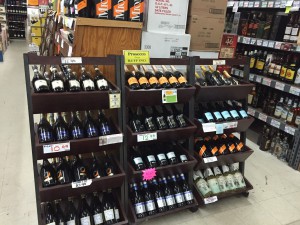
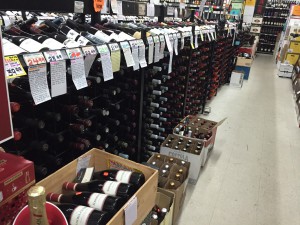
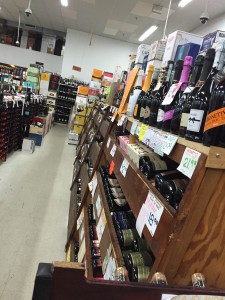
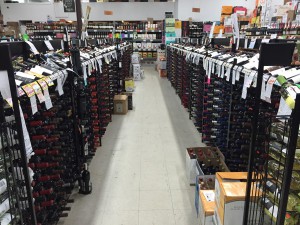
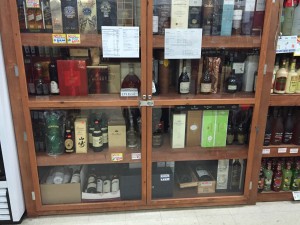
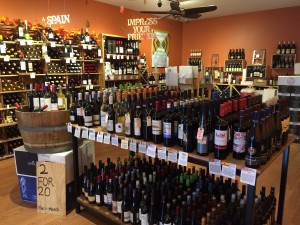
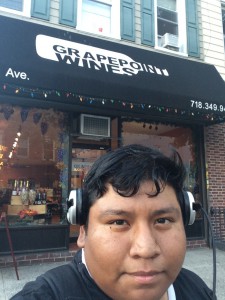
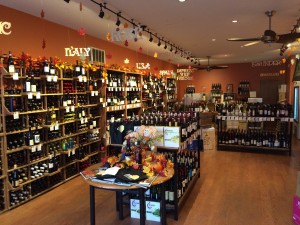
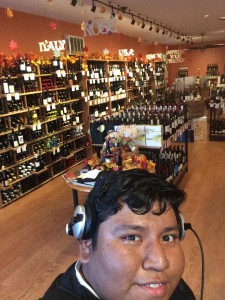
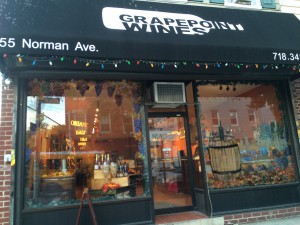
![photo 1[1]](https://openlab.citytech.cuny.edu/hmgt2402s15/files/2015/10/photo-11-e1444930382131-150x150.jpg)
![photo 2[1]](https://openlab.citytech.cuny.edu/hmgt2402s15/files/2015/10/photo-21-e1444930404386-150x150.jpg)
![photo 3[1]](https://openlab.citytech.cuny.edu/hmgt2402s15/files/2015/10/photo-31-e1444930430128-150x150.jpg)
![photo 4[1]](https://openlab.citytech.cuny.edu/hmgt2402s15/files/2015/10/photo-41-e1444930451744-150x150.jpg)









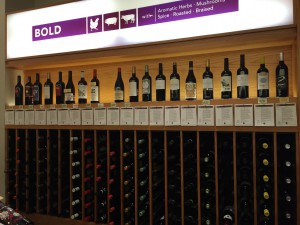
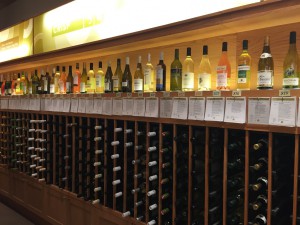
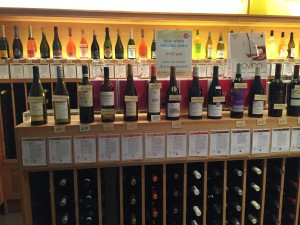
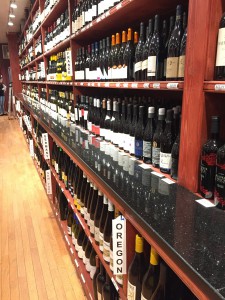
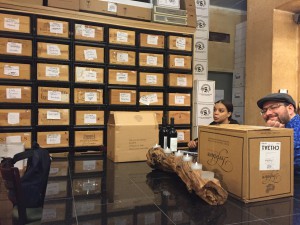
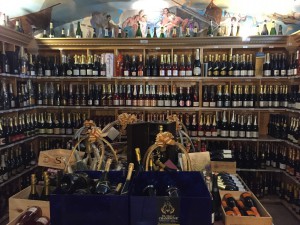
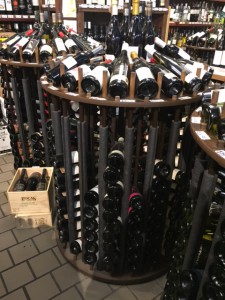
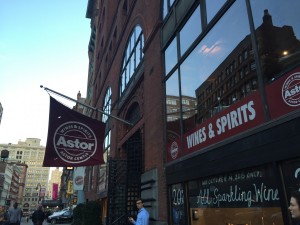
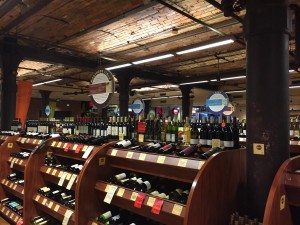
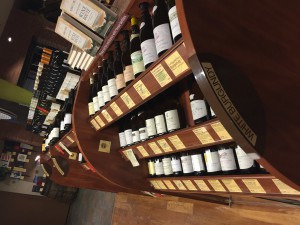
![IMG_0731[1]](https://openlab.citytech.cuny.edu/hmgt2402f15/files/2015/10/IMG_07311-300x225.jpg)
![IMG_0714[1]](https://openlab.citytech.cuny.edu/hmgt2402f15/files/2015/10/IMG_07141-300x225.jpg)
